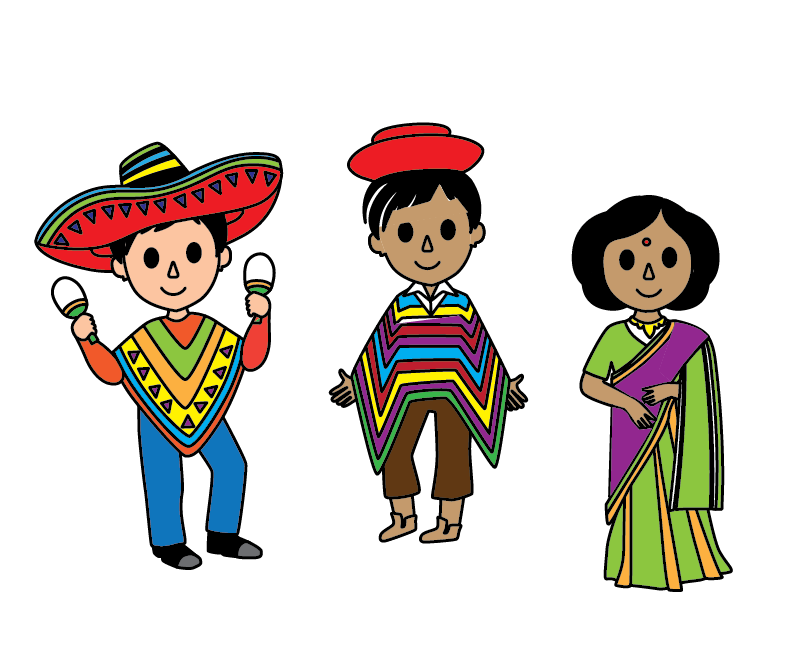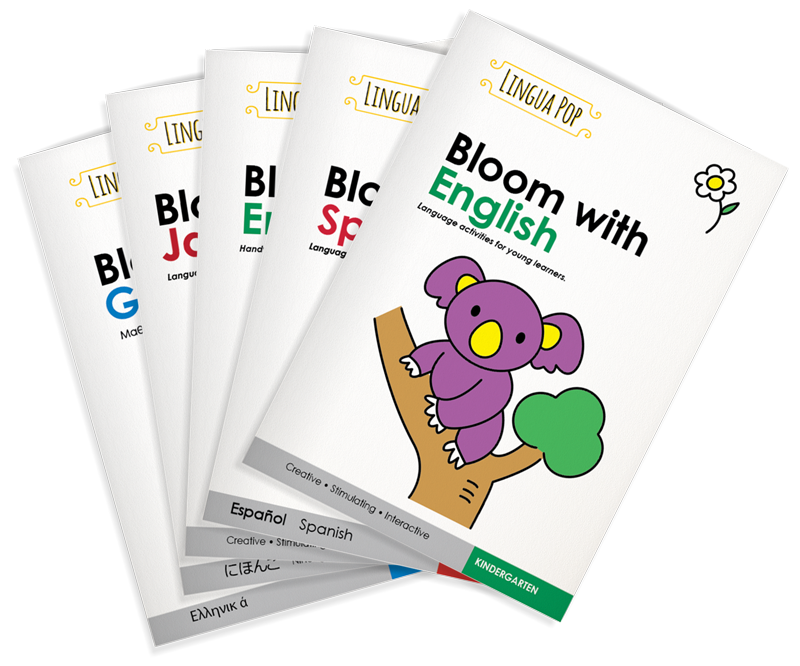Menu
ABOUT US
Language resources and workbook
publications for children ages 5-12
Supporting language teaching and learning

Philosophy
Linguapop aims to broaden children’s experiences of the world through language and culture lessons.
Supplementary resources offer access to language for both teaching and learning inside and outside the classroom. Workbooks enable for continuity in language study.
We support teachers in maximising lesson preparation through sequentially planned lessons that scaffold students’ language learning.

Mission
Our focus is bridging students’ language learning in and beyond the classroom through a series of workbooks and supplementary materials for in-class or home study.
Workbook Series
We aim to provide resources to support teachers of English and other language-learning contexts. A set of seven workbooks has been developed for the Australian primary school curriculum in various languages; namely English, Chinese, Greek, Japanese and Spanish. Each workbook series fosters communicative language skills through stimulating and interactive lessons, incorporating evidence-based language-learning strategies. Language is learned implicitly through songs, peer interactions, task-based learning, problem-solving, games, role-playing and activities that foster creativity. In upper primary grades, explicit teaching develops metalinguistic awareness as children apply new language and basic grammar in various social contexts.
Why Workbooks?
- A useful map to guide teaching and learning.
- Follow objectives that reflect a balance of language skills.
- Students see what is expected in the overall language program.
- Revise language content at home.
Language Students
Workbooks and supplementary lessons have been developed for the language learning needs of students in the following contexts:
- Students new to languages other than English (LOTE)
- Second or foreign language learners.
- Second or third generation students with exposure of a heritage language in their homes or communities.
Our workbooks include English translations to facilitate language input and build communicative proficiency.
Diversity of English Learners
English workbooks and resources have been designed for the diversity of learners in the following contexts:
- Students learning English as an additional language or dialect or who are new arrivals.
- Students where English in the home country is a second or foreign language.
- Culturally diverse learning backgrounds and students who require differentiated English language instruction.
Dear Language Teacher
Linguapop creators have researched what motivates children in language classrooms: the topics, songs and cultural discussions that engage them best. Based on years of professional language teaching experience, they have designed and implemented language lessons which have succeeded in different classrooms, especially with young learners, aged 5–12.
A compilation of sequentially curated series of lessons in the form of workbooks has been designed for young learners. These workbooks will add value to primary school language programs and enable children to experience a sense of progression and continuity in their language learning journeys.
Our resources support teachers to implement language lessons that help with children. Beautifully illustrated learning materials will inspire children, transforming their identities through intercultural understandings.

Hello!
The English hello derives from the Old German hallo, meaning “to fetch” and was used in the early 1800s to draw a ferryman’s attention.
Language greetings are more than just daily habits. Their etymologies contain historical insights into cultural influences, literary origins and linguistic development. Greetings mark each day with symbolic meaning, kind offerings and good wishes upon one’s encounter. Χαίρεται!!, herete or hello in Greek literally means be joyful, but Greeks also say yeia-sou! or Γειά σου! meaning health to you. In Japanese, Konnichiwa implies this day, as in today, or as the kanji characters read, 今日は、‘the sun’, which is why it is used during daylight.
